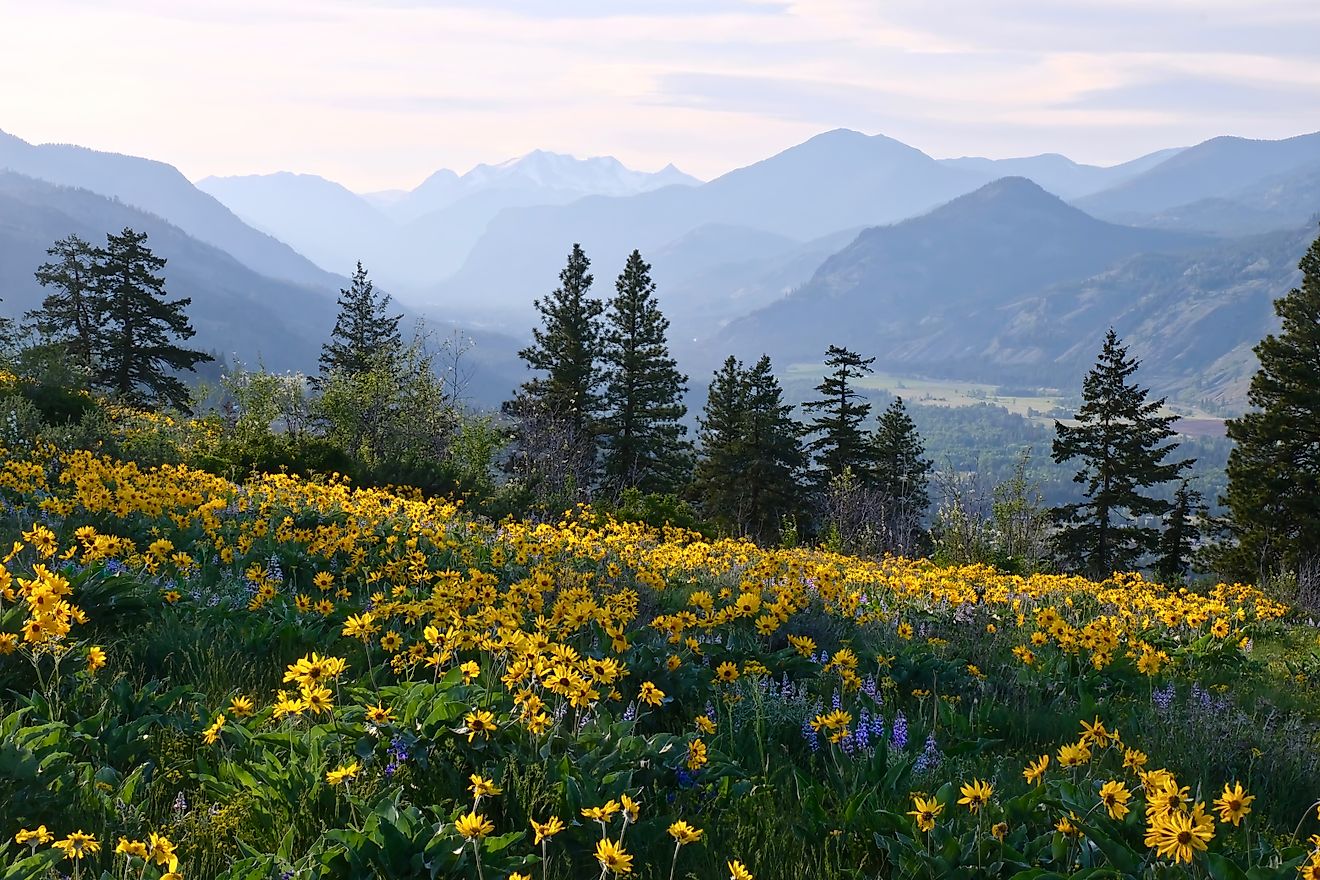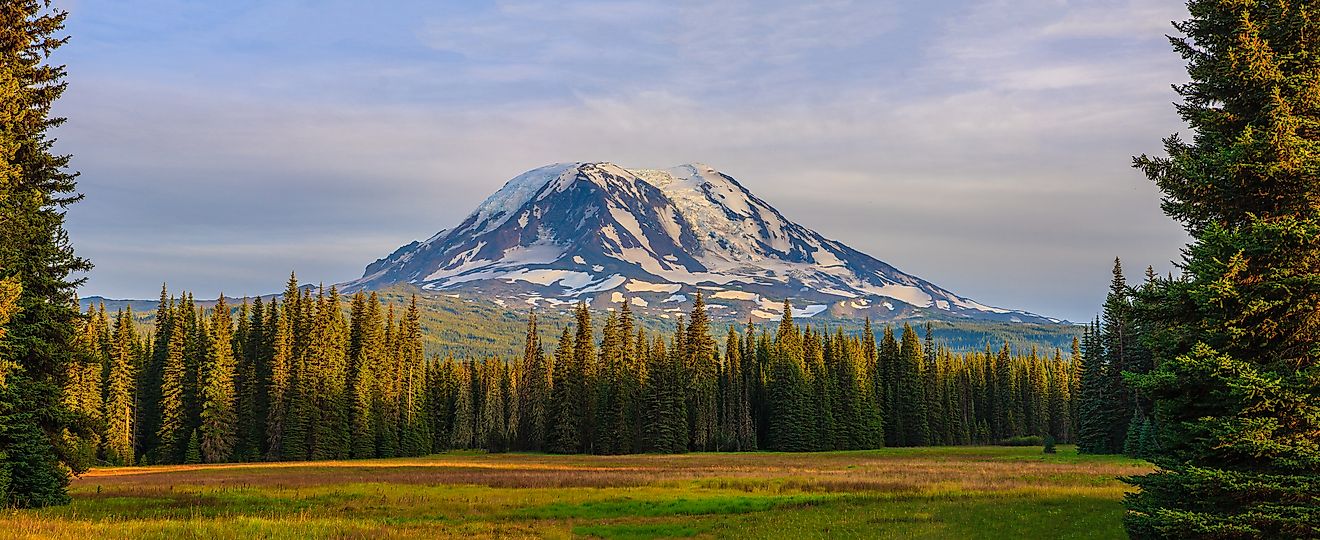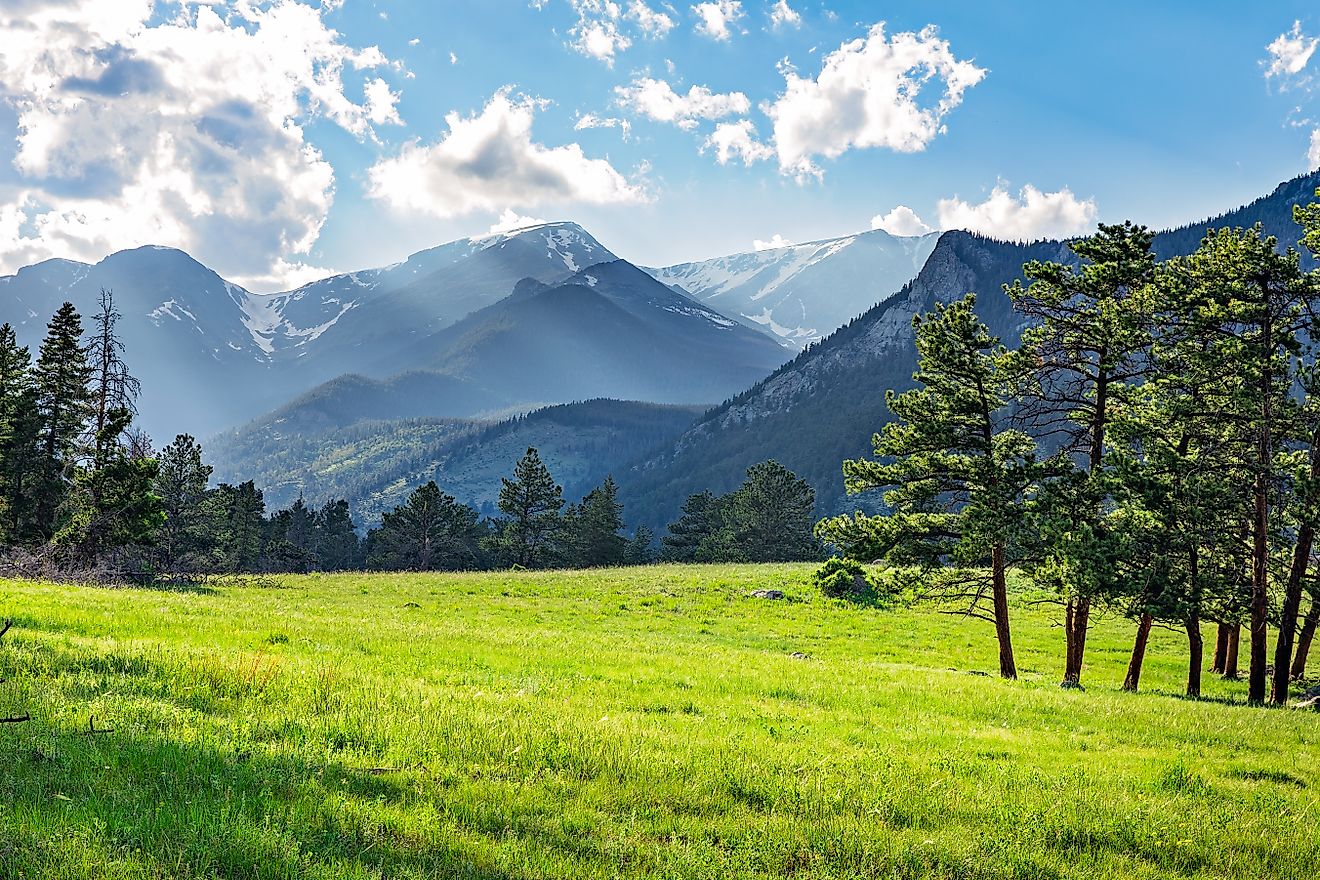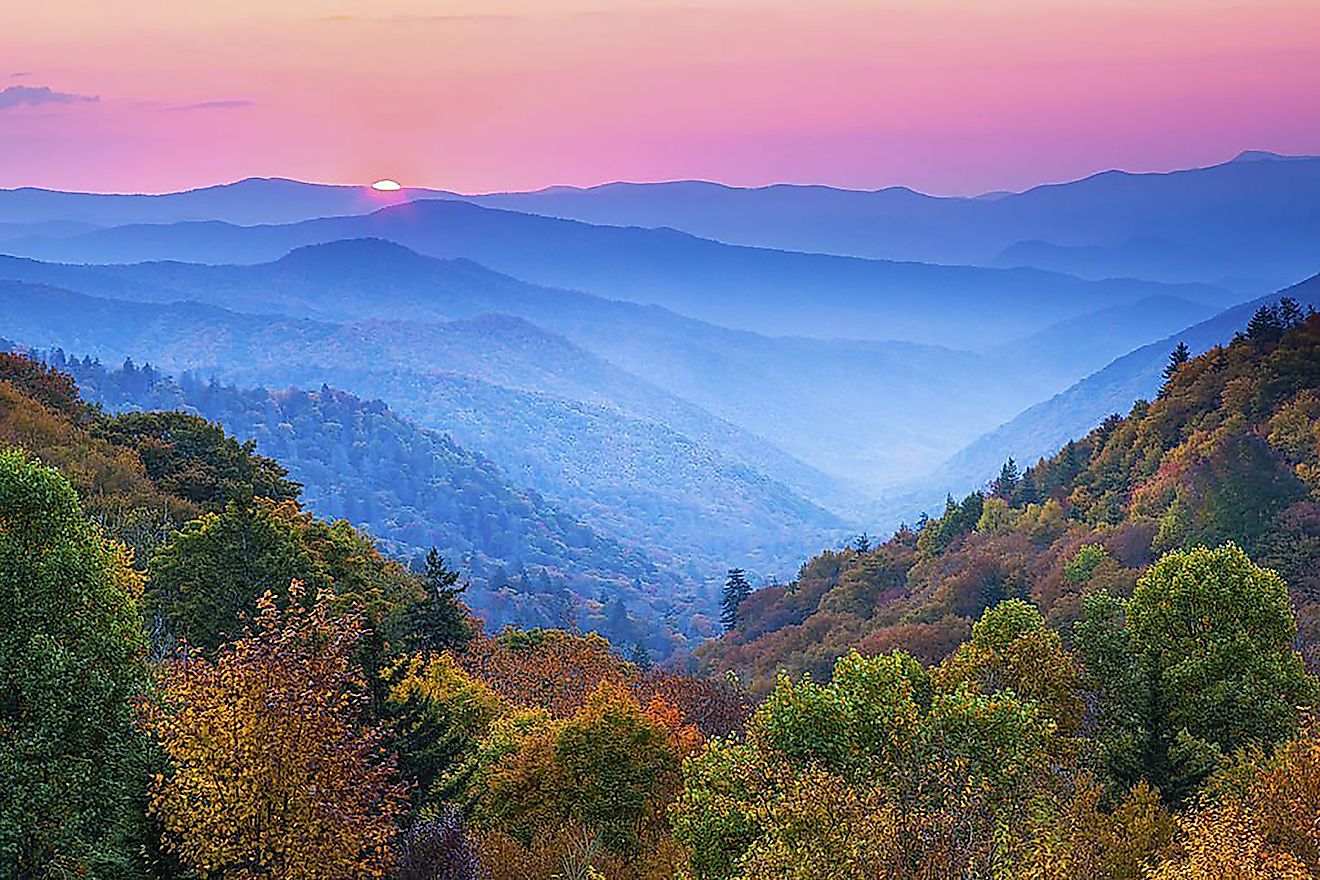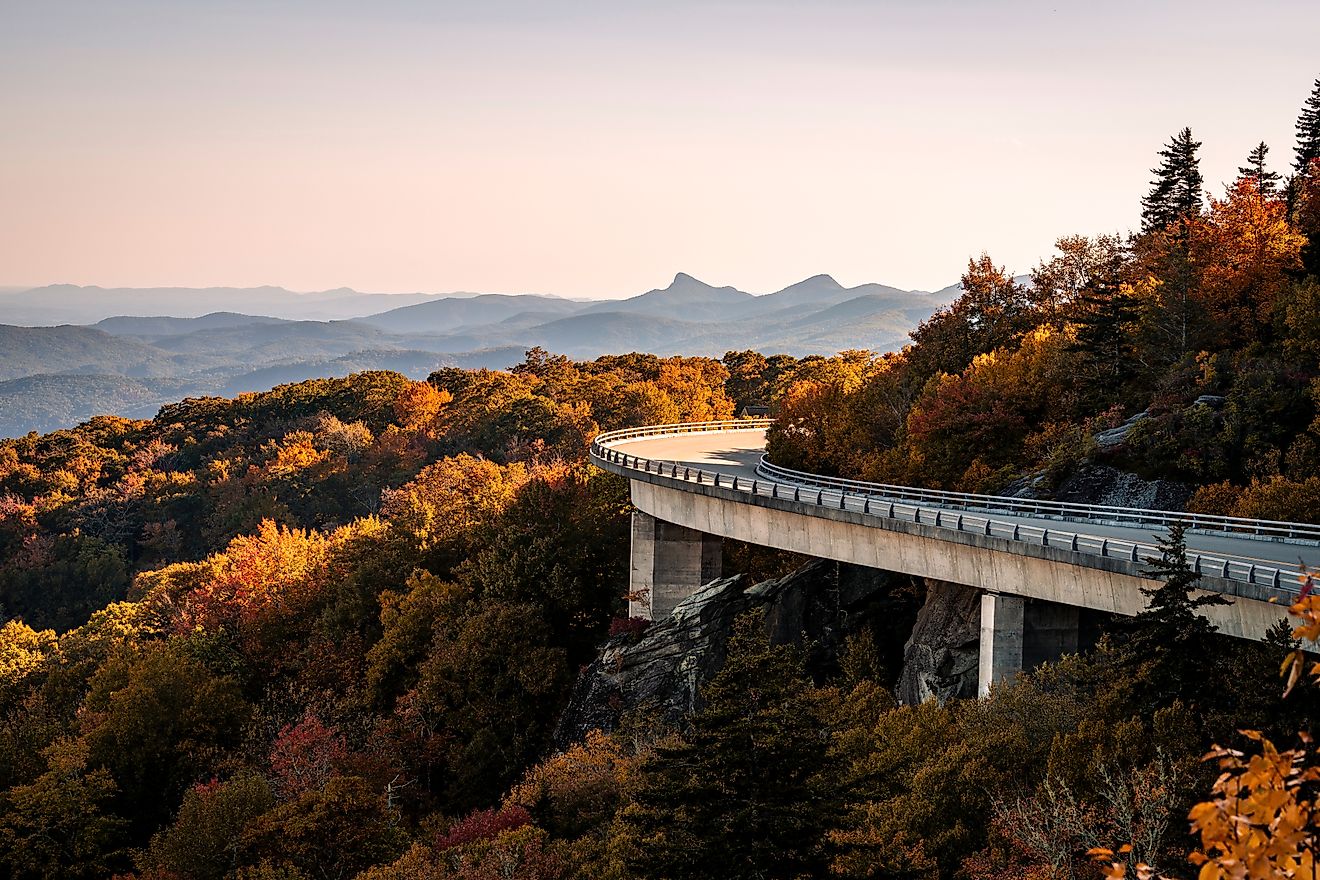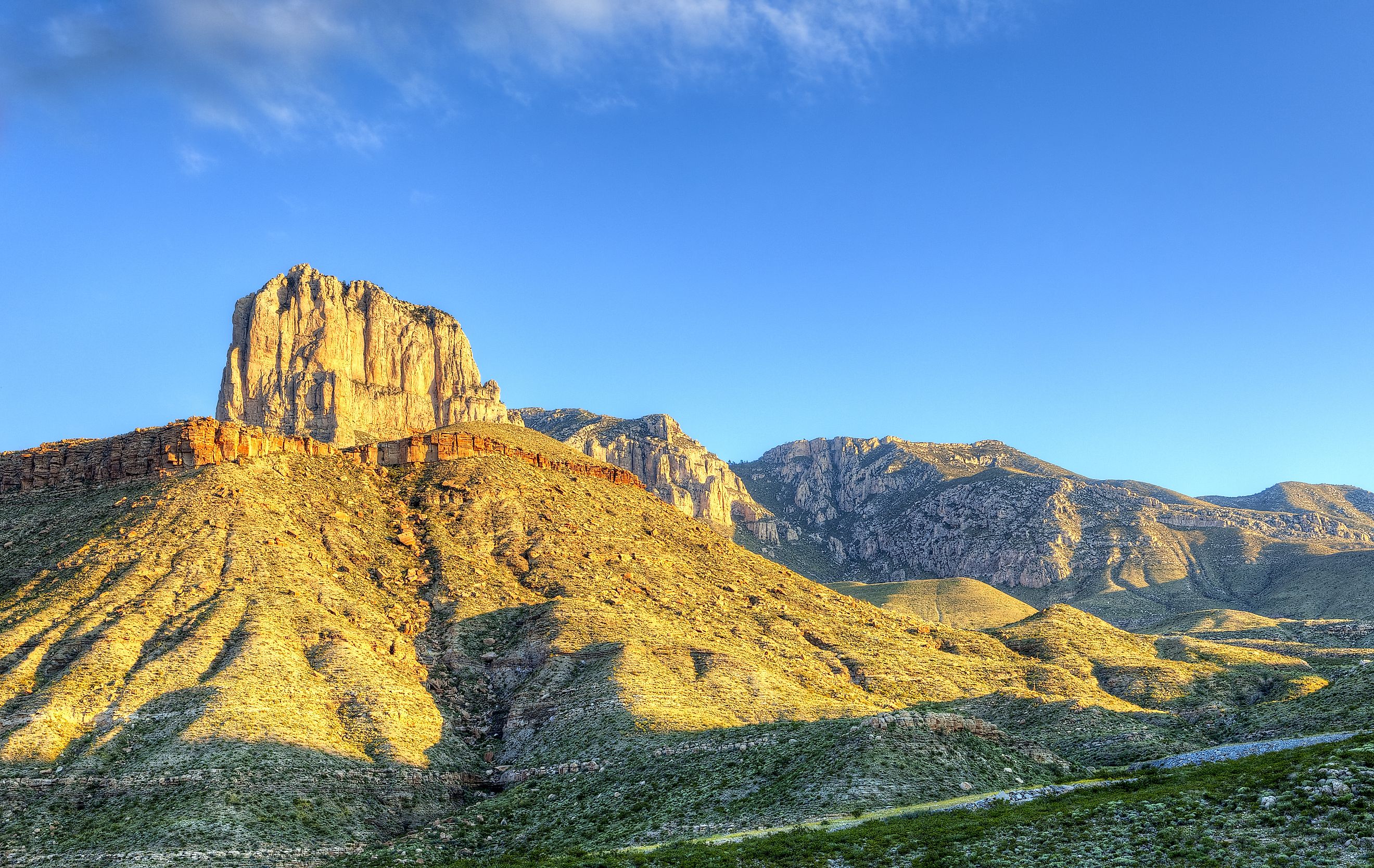
Guadalupe Mountains
For over 10,000 years, the Guadalupe Mountains have stood as silent witnesses to the ebb and flow of human history. This rugged mountain range, located in the heart of the Chihuahuan Desert, has been home to indigenous peoples, the site of fierce battles, and the setting for the relentless expansion of the American frontier.
Today, as part of Guadalupe Mountains National Park, this landscape preserves not only a remarkable geological history but also an astonishing array of biodiversity and cultural heritage.
A Landscape Shaped by Time

At first glance, the Guadalupe Mountains appear as an imposing and desolate rock face, with the massive El Capitan standing sentinel over the desert. However, beneath the surface lies one of the world's most exceptional geological formations.
During the Permian period, approximately 265 million years ago, the area was submerged under a vast tropical sea. Over time, calcareous sponges, algae, and other marine organisms built an extensive reef that stretched for 400 miles. As the sea receded, the reef was buried under layers of sediment and minerals. Millions of years later, tectonic forces uplifted these formations, exposing what is now one of the most pristine fossilized reefs on Earth. Today, geologists and scientists from around the world study this living record of prehistoric marine life.
A Haven of Biological Diversity
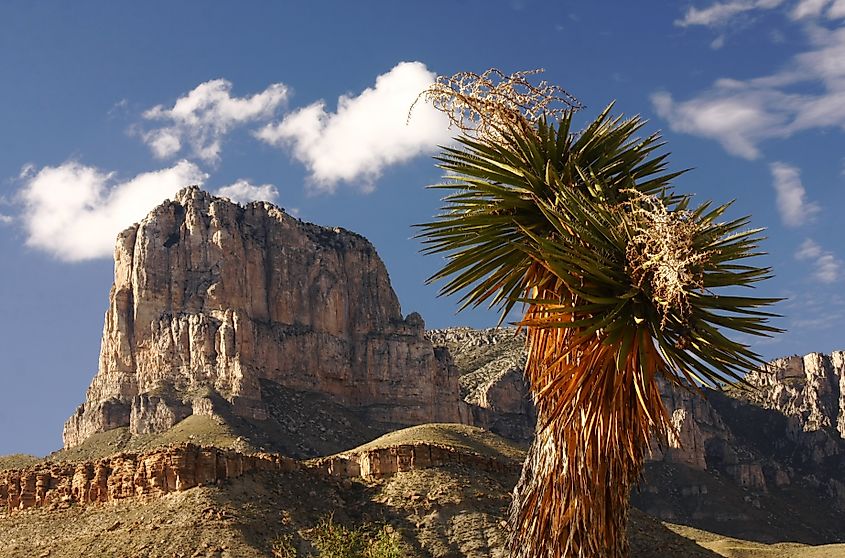
Despite the harsh desert environment, the Guadalupe Mountains support an astonishing range of flora and fauna. The park is home to over 1,000 species of plants, from resilient desert-dwelling ocotillo and prickly pear cacti to the rare plant species found nowhere else in the world.
The region's dramatic elevation changes create multiple ecosystems, ranging from the arid Chihuahuan Desert to lush, shaded canyons and highland forests. McKittrick Canyon, one of the park’s most picturesque areas, showcases a stunning seasonal display of maples and oaks, creating an unexpected autumnal spectacle in the middle of the desert.
Wildlife is equally diverse, with 60 species of mammals, 289 species of birds, and 55 species of reptiles thriving in the park. Coyotes, mule deer, and black bears roam the higher elevations, while peregrine falcons and golden eagles soar above the craggy peaks. The park’s remote nature also provides a sanctuary for elusive mountain lions and reintroduced elk herds, offering a rare glimpse into the untamed wilderness of the American Southwest.
Layers of Human History
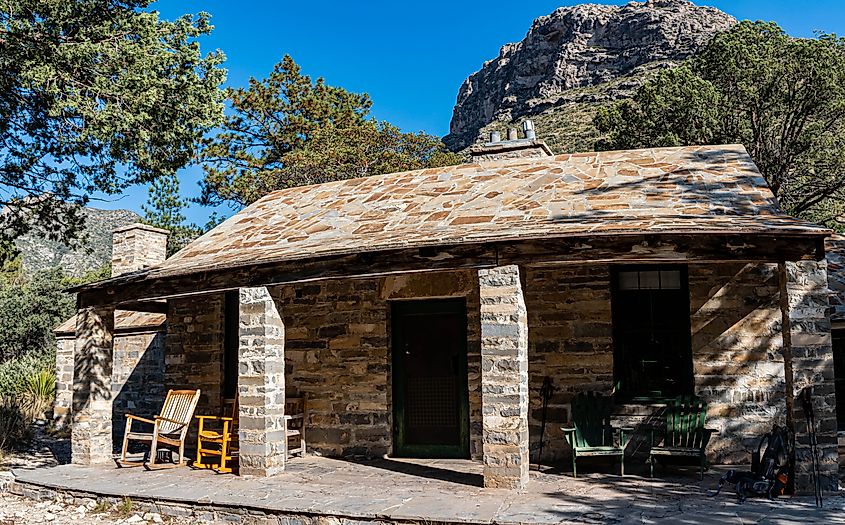
Long before Guadalupe Mountains National Park was established in 1972, this land was home to a succession of human inhabitants. Archaeological evidence indicates that nomadic hunter-gatherers lived here as early as 12,000 years ago, leaving behind pictographs and remnants of fire pits that still dot the landscape.
More recently, the Mescalero Apaches fiercely defended their homeland against encroaching settlers and the US military. In the mid-19th century, Buffalo Soldiers—a regiment of African American cavalry troops—were stationed in the region, tasked with protecting westward travelers from Apache raids. The remnants of this turbulent past can still be seen at Frijole and Williams Ranches, as well as the ruins of the Pinery Station, a once-vital stop along the Butterfield Overland Mail route.
El Capitan and Guadalupe Peak
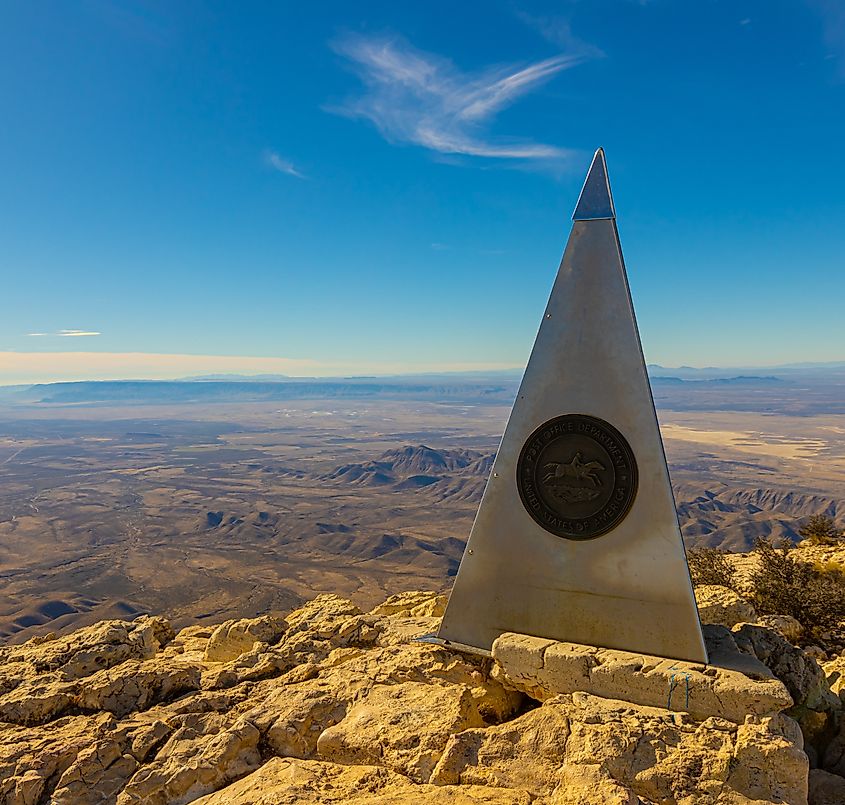
Two of the most iconic landmarks within the park are El Capitan and Guadalupe Peak. Rising to 8,078 feet, El Capitan is a striking limestone formation that has long served as a beacon for travelers navigating the desert. Nearby, Guadalupe Peak—at 8,749 feet—holds the distinction of being the highest point in Texas. Hikers who reach its summit are rewarded with panoramic views stretching across the vast desert landscape, an experience that highlights both the remoteness and grandeur of the region.
Preservation and Responsible Exploration
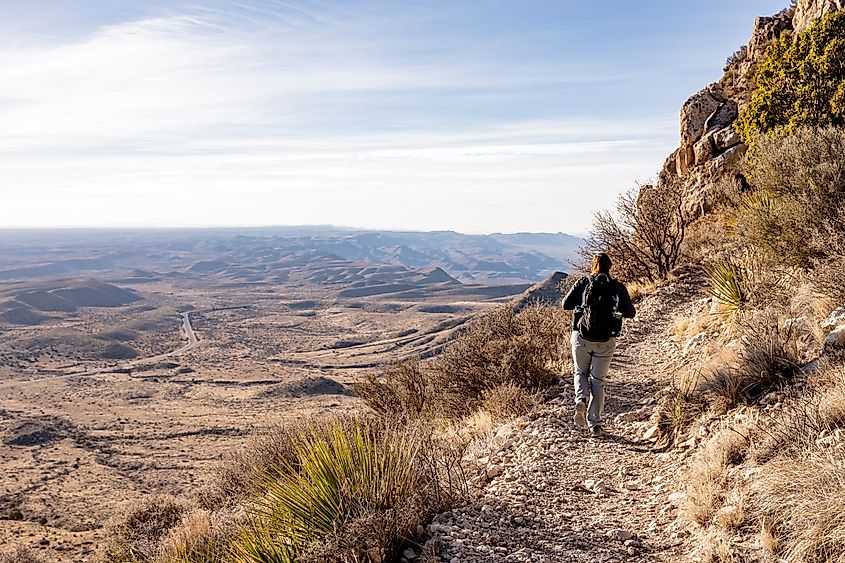
As more visitors discover the hidden beauty of the Guadalupe Mountains, preserving its fragile ecosystems and cultural heritage becomes increasingly vital. Park regulations strictly prohibit the collection of fossils, artifacts, and other historical remnants. These measures ensure that future generations can continue to study and appreciate the area’s natural and cultural history.
For those willing to venture beyond the highway and into the heart of the park, Guadalupe Mountains National Park offers an unparalleled experience. Whether exploring its dramatic canyons, hiking to its breathtaking summits, or tracing the footsteps of ancient peoples, the park remains a testament to the enduring forces of nature and human history. In a landscape shaped by time, those who take the time to explore will uncover a world far richer than first meets the eye.
